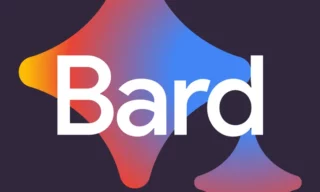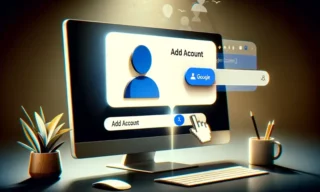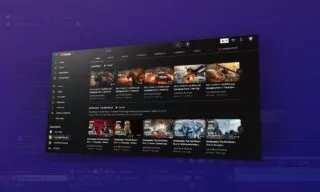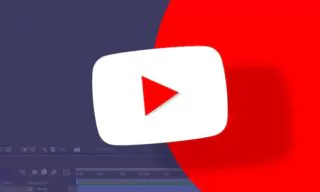Making Your Videos Speak Multiple Languages with AI
In today’s digital age, the power of video content cannot be overstated, especially on platforms like YouTube. However, language barriers often limit the reach of this content. Interestingly, many YouTube videos now employ Artificial Intelligence (AI) to translate subtitles, but the audio content typically remains unchanged. This limitation sparked an innovation: what if you could not only add subtitles to your video but also dub it in another language with your own voice?
- Breaking Language Barriers with Advanced Tools
- Rask.ai: Translating Your Voice into Multiple Languages
Breaking Language Barriers with Advanced Tools
Rask.ai: Translating Your Voice into Multiple Languages
Rask.ai presents a groundbreaking solution for content creators aiming to build an international audience. This platform boasts the capability to translate videos into over 130 languages. Its user-friendly interface allows for easy uploading and translating of video or audio files. In the free version, users can upload videos up to 20 minutes long and 100 megabytes in size, converting these into one-minute clips.
Step-by-Step Guide to Using Rask.ai
- Users can sign in using their Google account.
- The option to upload video or audio files is clearly indicated.
- Users can select the original language and the target language for translation.
- The tool can identify and separate different voices in the video.
- After translation, Rask.ai dubs the video in the chosen language, trying to mimic the original voice’s tone.
Upon completion, the tool provides a text of the translated content. Users have the option to edit this text and save the changes. The translated video can be downloaded in various formats, including MP4 and audio-only files. The quality of the translation and dubbing is commendable, even for short videos.
For users interested in more extensive features, Rask.ai offers paid plans. The most affordable plan provides 25 minutes of translation per month, with additional minutes available for purchase.
Broader Applications of AI Voice Translation
AI-based voice translation technologies have immense potential across various sectors:
- Teachers can present lessons in students’ native languages.
- Companies can adapt videos to local languages for effective marketing strategies.
- Tourist attractions and museums can offer information in multiple languages.
- Content creators can reach a global audience by translating their videos.
Exploring Another Tool: Voxqube
Voxqube: Simplifying Longer Video Translations
Voxqube is another tool that excels in translating longer videos. It allows users to import files directly or use YouTube links for videos up to 30 minutes long. The process is straightforward, with fewer options than Rask.ai, but it effectively translates and dubs videos.
Using Voxqube
- Users can upload files or paste YouTube links.
- Select the original and target languages for translation.
- Users can choose between male and female voices for dubbing.
Unlike Rask.ai, Voxqube does not attempt to imitate the original voice but uses a standard male or female voice from its database. The result is a clear, understandable translation, although it lacks the personalized touch of the original voice.
Conclusion
These tools, Rask.ai and Voxqube, offer innovative solutions for content creators looking to reach an international audience. By automatically translating and dubbing videos, these platforms remove language barriers, allowing your content to resonate with viewers worldwide.







